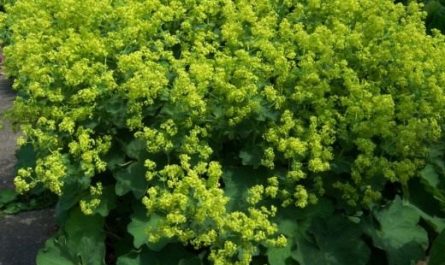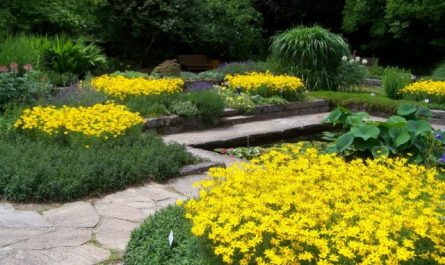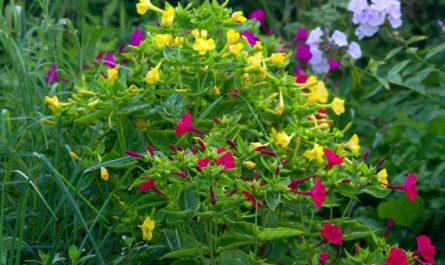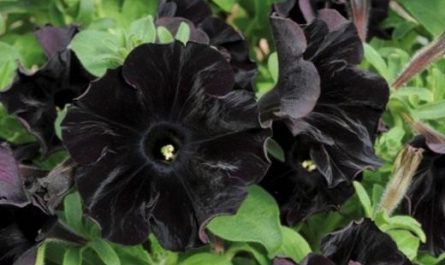Forcing is a technique by which plants come out of dormancy and then bloom at an unusual time for them.
In winter, the flowering branches of lilac are extremely beautiful. The unusual time, the contrast of the fragile, delicate branch with the harsh weather – this is of particular interest to the amateur gardener.
The branches should be cut no earlier than mid-December, when the plants’ natural dormant period, which began in the fall with the fall of the leaves, ends. In mid-December and later, the lilac is ready to bloom.

© Tie Guy II
How can you make a lilac branch bloom in winter?
Method I
The branches should be prepared approximately 2 months before the flowering period. You need to choose branches with well-developed flower buds and keep them in the refrigerator at a temperature of -2 – 5°C for at least five weeks. Take the branches out of the refrigerator 2 weeks before the flowers bloom and put them in cold water to thaw. Flatten the ends with hammer blows and put them in vessels with water at room temperature. Add sugar and a little disinfectant to the water, for example, a pinch of chloramine, so that microorganisms do not multiply. In 10-14 days, the lilac will bloom.
Method II
You can cut lilac branches in winter and 1 month before the flowering period. In this case, we recommend spraying the branches with warm water several times. The first 2-3 days, you can cover the branches from above to create increased air humidity. The closer to spring the branches are cut, the faster the flowering will begin, usually in 2 weeks. When the lilac branches begin to swell, you can add sugar to the water (30 g per 1 liter of water).

© Julianna
We can recommend special solutions for distillation:
- solution according to Professor Rupprecht’s method: 3% sugar, 0,08% potassium alum, 0,03% potassium chloride, 0,02% sodium chloride;
- any commercially available cut flower preparations;
- 0,2% solution of complete mineral fertilizer (dissolve in boiled water).
You can add a few drops of ammonia to the water.
The room where the forcing is carried out should have a temperature of: in December plus 26 – 28°C; in January plus 2 – 2, in February plus 2 – 5°C. Plants should not be placed near central heating batteries or heating devices.
The blossoming branches are placed in a 2-3% solution of citric acid. The flowers, of course, are much weaker and smaller than in open ground, but they still last up to 7 days.
Recommended varieties of lilac for forcing: ‘Hydrangea“, “Buffon“, “Marie Legre“, “Madame Florent Stepman“, “Madame Casimir Perier“, “Alice Harding‘.
Varieties with white flowers are best suited for early forcing; dark-colored varieties turn pale during forcing.

© PINEAPPLE XVI




















